Dallas Police Department Chief David Brown said he and his family have received death threats since the attack on July 7 in which five officers were killed.
Gunfire broke out in Downtown Dallas at around 8:45 p.m. as hundreds of protesters had gathered to demonstrate against two fatal police shootings in Baton Rouge, Louisiana, and St. Paul, Minnesota.
Authorities identified the shooter as 25-year-old Micah Johnson, a U.S. army veteran.
Brown, who describes himself as “a person of faith,” said he and his family received death threats from all over the country after the shooting. Authorities are labeling all threats as credible, Brown said at a live-streamed press conference on Monday.
Among the threats was one made on the Dallas Police Department Facebook page.
Police Department Problems
The chief says there is not enough mental health funding, little help on drugs, and the police are thrown everything to solve—even chasing loose dogs.
“We’re asking cops to do too much” said Brown, adding that police already have their plate full.
Brown added that police officers are in need of counseling following the attack.
“We are the last to say we need help,” he said.
Brown said many resignations from police officers stem from low pay (with salaries starting at $44,000) and officers feeling unappreciated.
Protests Against Policing

Brown called on protesters to “ensure their safety but not to be inconsiderate of the officers’ safety.” He said the protest that was taking place before the shooting had been spontaneous, and that Dallas police made sure everyone was safe—and continued to do so during the shooting.
He said those protesting against policing should “get off the protest line and put an application in” and be “part of the solution.”
“We’re hiring,” he said, “we will help you resolve some of the problems you are protesting about.”
He said community policing is the “best way to police,” adding that trust among police and the community is “priceless,” especially police interaction with youth.
“We are in a much better place than when I was younger,” said Brown, a UT Austin alumnus who grew up in Texas and saw his friends succumb to the crack epidemic in the 80s.
“[There’s] more work to do, particularly in my profession,” he said.
Brown also called out the one or two percent of police officers who are “not doing their job right,” and that the rest should not be punished.
The Robot That Killed Micah Johnson
The robot that killed the gunman was a Remotec Andros Marc V-A1, and was purchased in 2008 for $151,000. There was partial damage to the robot, but is still functional, Brown said.
Thirteen officers used force against the suspect, Brown said, most with firearms and two with the explosives device.
Brown said the use of the robot was justified, since at the time of the standoff he knew the suspect had already killed two officers.
“I'd do it again,” said Brown. “He was asking us how many did he get and how much more he wanted to kill.”
Investigation Ongoing

Brown said authorities are downloading over 170 hours of bodycam footage, as well as collecting dashcam videos, and footage from surrounding businesses. The videos will hopefully give officials a timestamp of the entire incident, Brown said. Detectives are reviewing over 300 statements on the attack, and some officers have yet to give their declarations. Dallas police and the FBI are working to find out what “RB” means, which was written in blood by the suspect on the wall in two different locations in El Centro College.
There were also threats of bombs made by the suspect during the standoff, but Brown said officials did not find any explosives.
Investigators found bomb-making technology in Johnson’s home.
“He knew what he was doing,” said Brown, adding that it is not believed that Johnson learned about explosives in the military, but rather on the internet.
Authorities “don’t know the scope” of Johnson’s plan yet. HBrown said the shooter was delusional and committed to killing officers.
“We’re going to turn over every rock, we’re going to follow every lead,” said Brown.

Update on Victims
Brown said aside from the five police officers killed, nine were injured by either gunfire or fragmentation of bullets. Four of the injured were from the Dallas Police Department, three were DART officers, and two were officers from the El Centro College.
The funeral notices of the slain officers have been released.
Brown also added that two El Centro College students, who were in the building during the shooting stayed at the school overnight because they were too afraid to come out.
Dallas Crime Rate
Brown said 2015 was the 12th consecutive year of reduced crime for the Dallas Police Department—with 53 percent of reduction in crime. The year 2014 was the second lowest murder rate since 1930, and the crime rate in Dallas was at a 40-year low.
Brown said it was “done by also protecting civil rights.” In 2015, complaints of excessive force were reduced by 67 percent, with only 14 complaints last year.
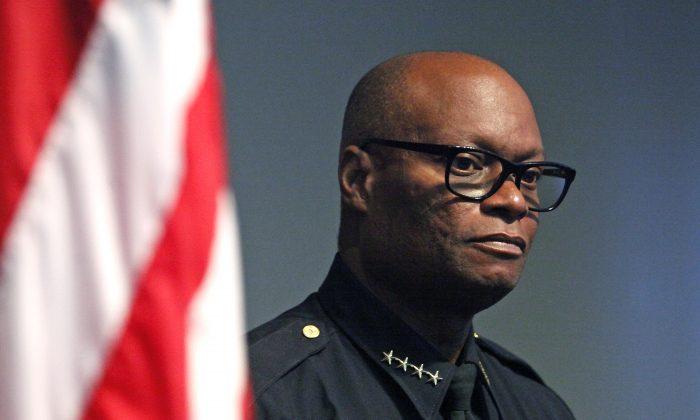
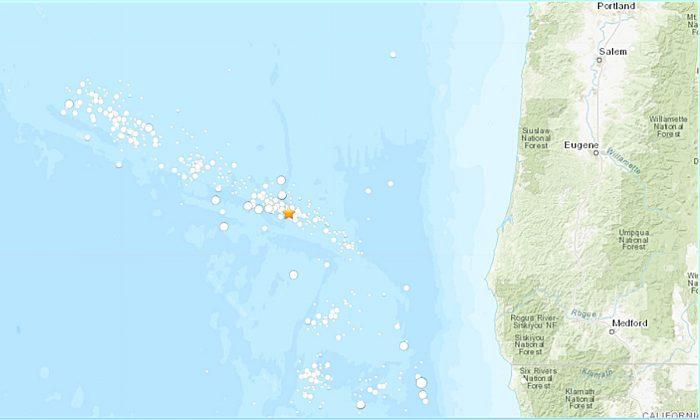
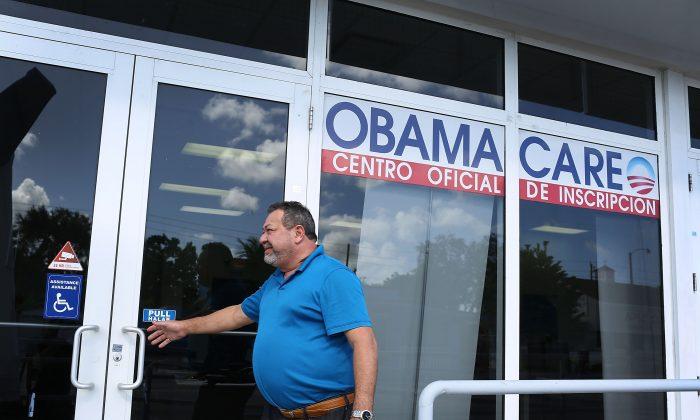
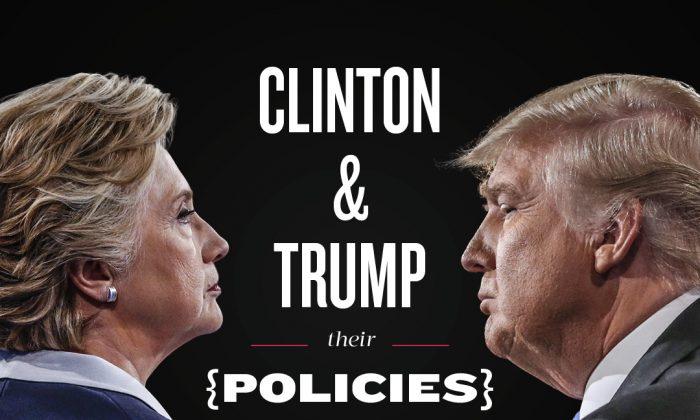
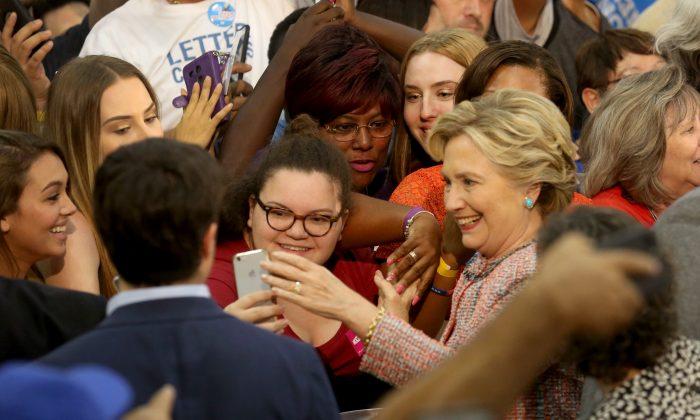
Friends Read Free